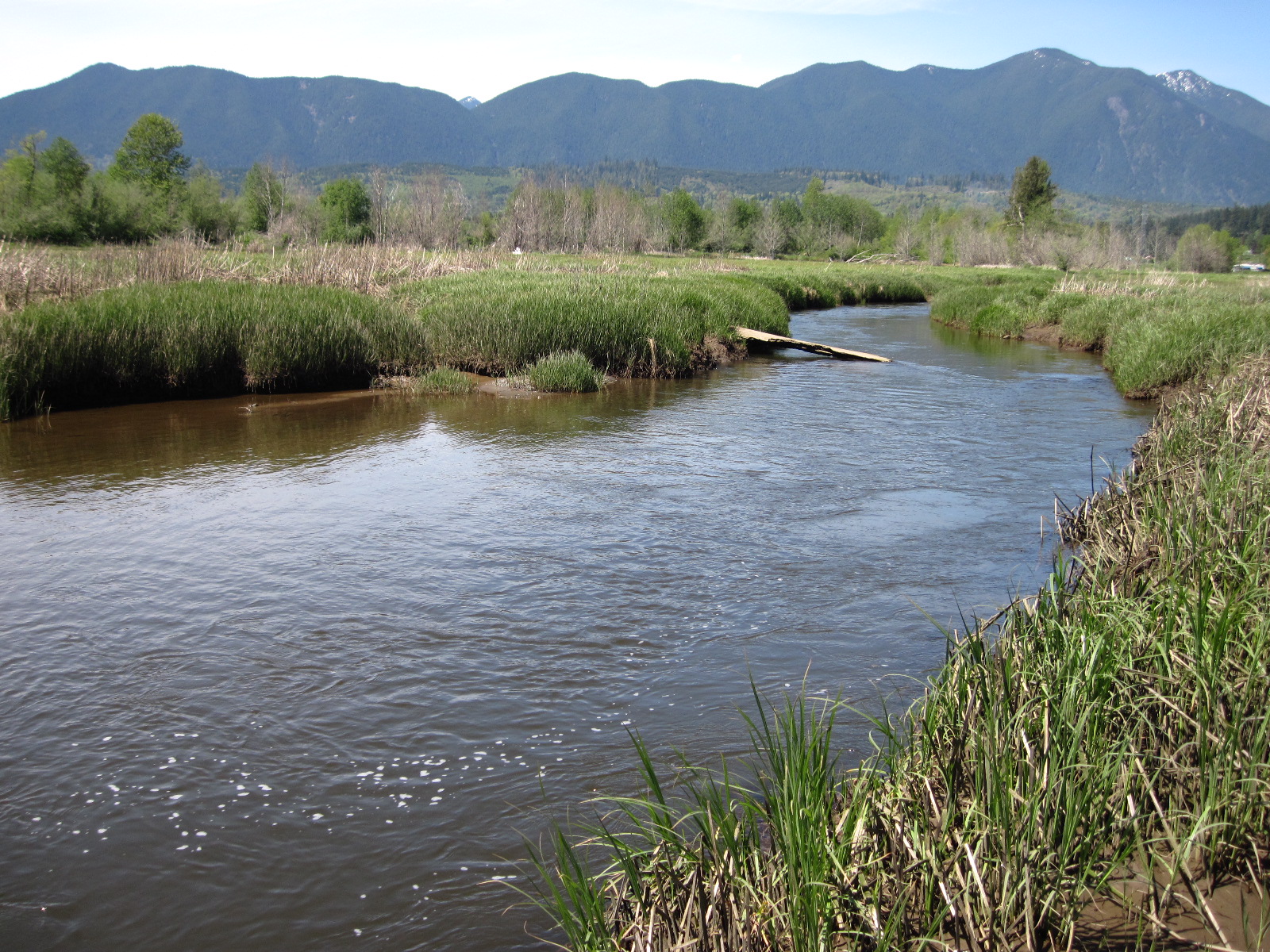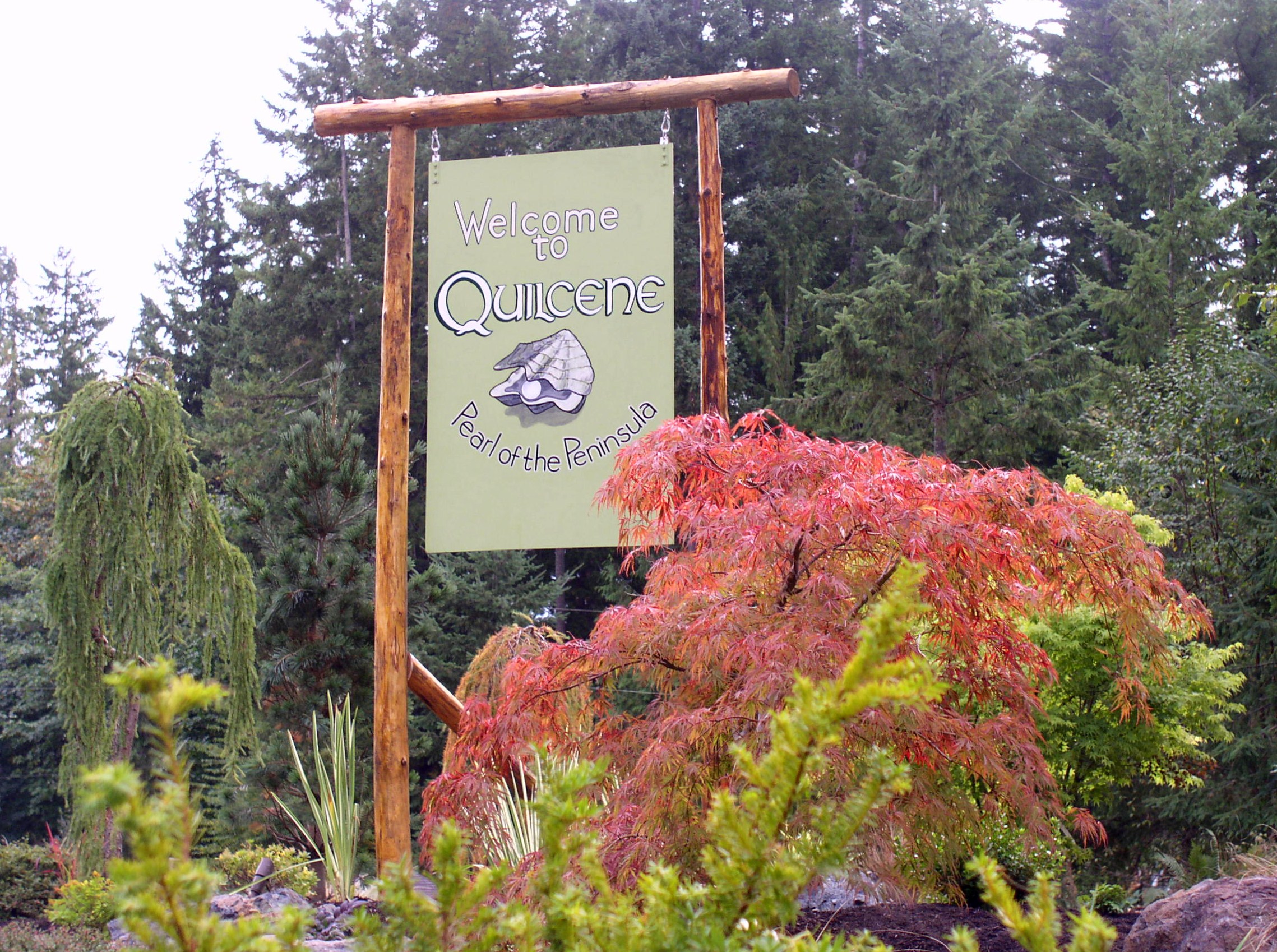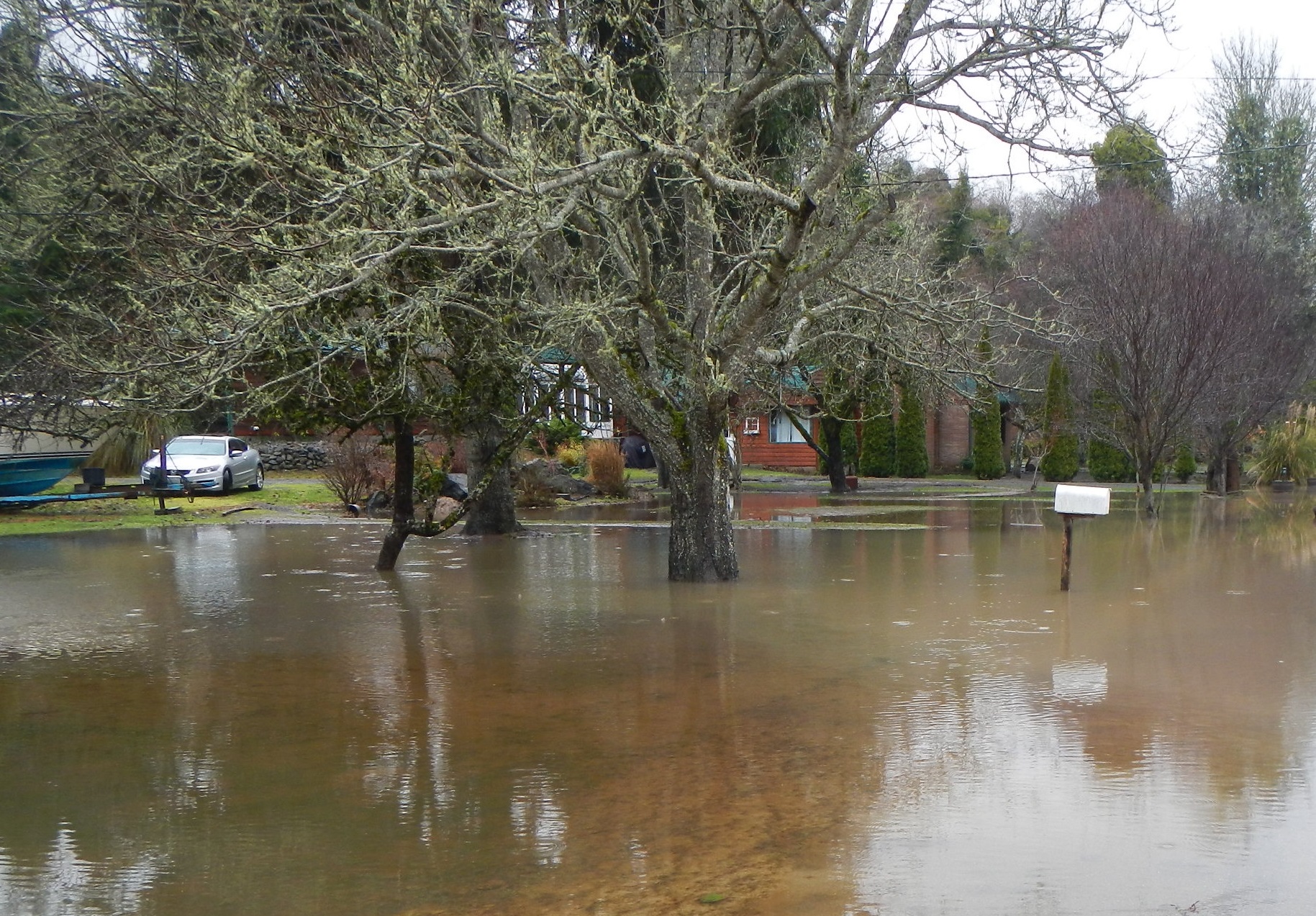Written by Beth Geiger
The residents of Quilcene, Washington are used to living close to nature. Logging and shellfish production have long been the core of this small Olympic peninsula town’s economy.
But for some of those residents who live along the Big Quilcene River, flooding may seem a little too natural. At least once every year or two the river rises, swamping about 30 homes. “The flooding is getting more frequent,” says Tami Pokorny with Jefferson County Public Health. “The houses are moldy. People are tired of rescuing muddy kid’s toys from the yard.”
The Big Quilcene also floods sweetly-named Linger Longer Road, which crosses the river. Linger Longer Road is the only access to 70 homes as well as the town’s largest employer, Coast Seafoods Shellfish Hatchery. The hatchery is the world’s largest supplier of juvenile oysters. It operates 24 hours per day so when access is cut off, it’s high impact.
What’s more, the levees extend into the marshy tide flats in the Big Quilcene’s estuary. Removing them may alleviate flooding, but less predictability about where the river channel might go afterwards concerns shellfish producers, whose beds have been successfully cultivated and harvested with the dikes where they are. Meanwhile, habitat for chum salmon in the estuary is also of critical concern. Dikes cut off channels and water flow that link the bay and river and provide important habitat for juvenile salmon.
Community, business, nature: Is there one solution here for all?
An essential element of the lower Big Quilcene project is engaging community and other stakeholders. The Conservancy, in support of the project lead, Hood Canal Salmon Enhancement Group, and partner Jefferson County, is working closely with key stakeholders in the community to plan the project. Community input has been important in developing the project’s six goals (flood risk reduction, habitat restoration, compatibility with shellfish, educational opportunities, recreational access and economic vitality) and in developing three alternative project concepts. “The thing that stands out about this project is that it’s presenting ideas to the communities and saying “what do you want to do?” says Jared Keefer, Director of Environmental Health and Water Quality for Jefferson County.
The lower Big Quilcene project gives the Conservancy the opportunity to bring skills and knowledge to the table in a strategic, rather than a managing role. The Conservancy provides key support and knowledge to local project sponsors to advance community-supported, multi-benefit projects around Puget Sound. “This is a newer direction for the Conservancy,” says Jenny Baker, restoration manager for the Conservancy. “By playing more of a strategic role, we can have a bigger impact over a larger area.”


























